Eating locally and seasonally isn’t just a trend—it’s a commitment to a healthier and more sustainable way of living. At its core, local and seasonal eating means indulging in produce that’s sourced from the surrounding area and picked during its natural peak season. This method champions the ultimate in freshness and nutrition while significantly cutting down on the environmental toll of food transportation and large-scale agricultural practices. It’s a choice that empowers consumers to lower their ecological footprint, bolster local economies, nurture biodiversity, and fortify a food system that aligns with the rhythms of nature.
The importance of this shift goes beyond personal health and extends to the global stage—where it becomes a key element in combating climate change, minimizing waste, and fostering a balanced ecosystem. Adopting this practice is a step towards more conscious consumption and a testament to the role individuals can play in the collective pursuit of a more sustainable planet.
The food you eat can be either the safest and most powerful form of medicine or the slowest form of poison.
Ann Wigmore
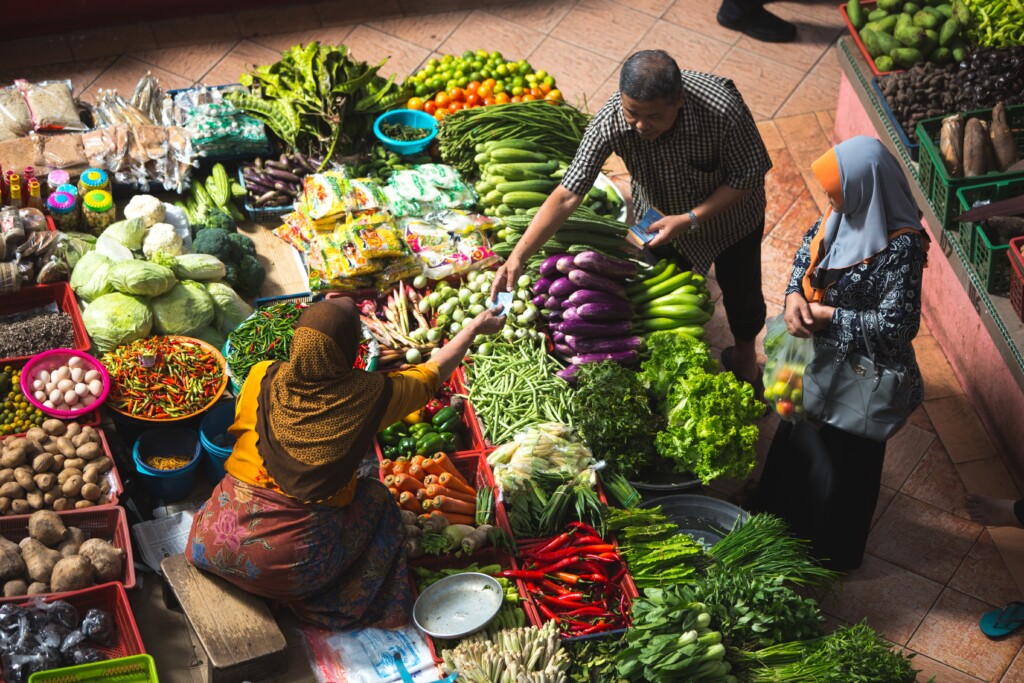
When we pick up an apple from the grocery store, we rarely consider the journey it’s taken to reach our hands. The global food supply chain is a complex and often lengthy process that takes produce from farms, sometimes thousands of miles away, to our local supermarkets. This journey is not just a marvel of logistics but also a significant contributor to global carbon emissions. Food transportation is a key component of the food industry’s carbon footprint, involving refrigeration, packaging, and fuel consumption over long distances.
Modern food systems have transcended local boundaries, with products traveling vast distances to meet consumer demand for year-round availability. For example, fruits and vegetables may be shipped from one continent to another to ensure that strawberries and avocados can be found in stores even when they’re out of season locally. This reliance on global sourcing comes with a substantial carbon cost. It’s estimated that the transportation of food accounts for a significant portion of all food-related emissions, contributing to greenhouse gas emissions through the burning of fossil fuels by ships, planes, and trucks.
Local and seasonal eating stands as a remedy to this global conundrum. By prioritizing foods that are grown and harvested within a smaller radius from where they are consumed, the need for long-haul transportation is drastically reduced. This, in turn, diminishes the food’s carbon ‘mileage’ or ‘footprint.’ When we eat locally, we also eat seasonally by default—enjoying fruits and vegetables at the time of year they are naturally ready to be harvested. This means the environmental costs of storage and transportation over long distances are avoided, and we bypass the energy-intensive practices of producing off-season foods in controlled environments, such as heated greenhouses.
The choice of local and seasonal eating thus brings a dual benefit—it cuts down on the emissions caused by transporting food across the globe and reduces the reliance on energy-intensive storage and production methods. In essence, by choosing foods that travel less, we are supporting a system that puts less strain on our planet. This makes the simple act of selecting a locally-grown apple over one flown in from another hemisphere a small but significant step towards a more sustainable food system and a healthier planet.
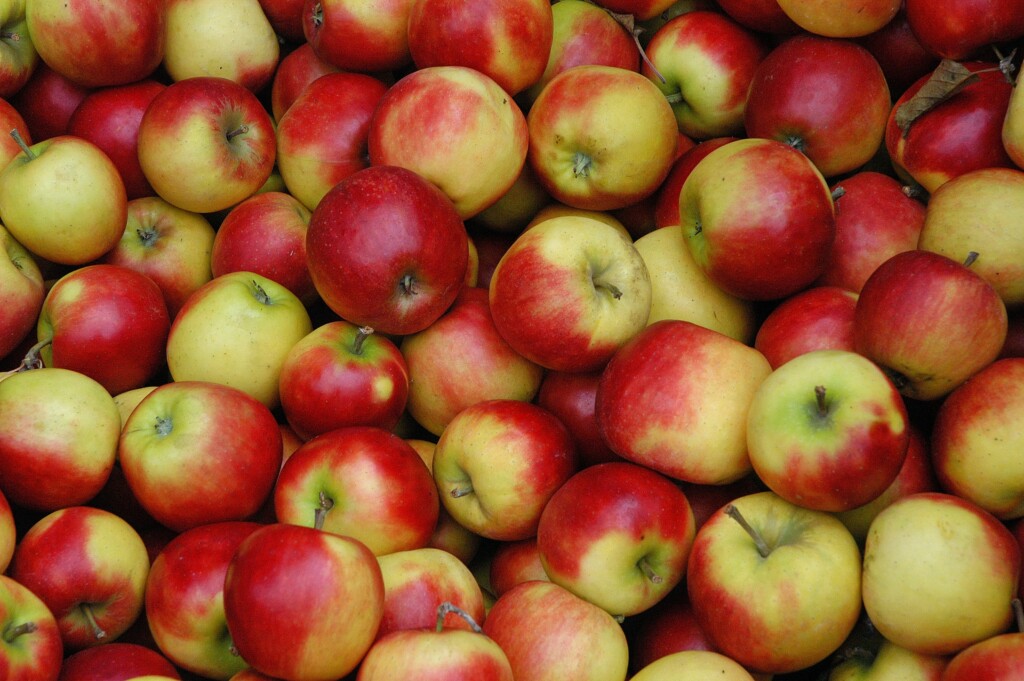
The pivot towards local and seasonal eating has implications far beyond the environmental. It is a powerful tool for strengthening local economies, supporting a diverse range of stakeholders from farmers to small business owners, and fostering community development.
Local food systems help to keep economic capital within the community, creating a multiplier effect. Money spent on locally produced food is more likely to stay within the area, supporting local jobs and businesses. It bolsters the agricultural sector by ensuring that farmers get a fairer share of the profits, as opposed to the low margins often dictated by large-scale supply chains. This economic circulation can lead to the revitalization of rural areas and small towns, as well as increasing the resilience of local economies to global market fluctuations and crises.
Moreover, local food systems can stimulate entrepreneurship and innovation. They provide opportunities for individuals to start new businesses such as farm-to-table restaurants, local processing facilities, and artisanal food products, diversifying and enriching the community’s economic landscape.
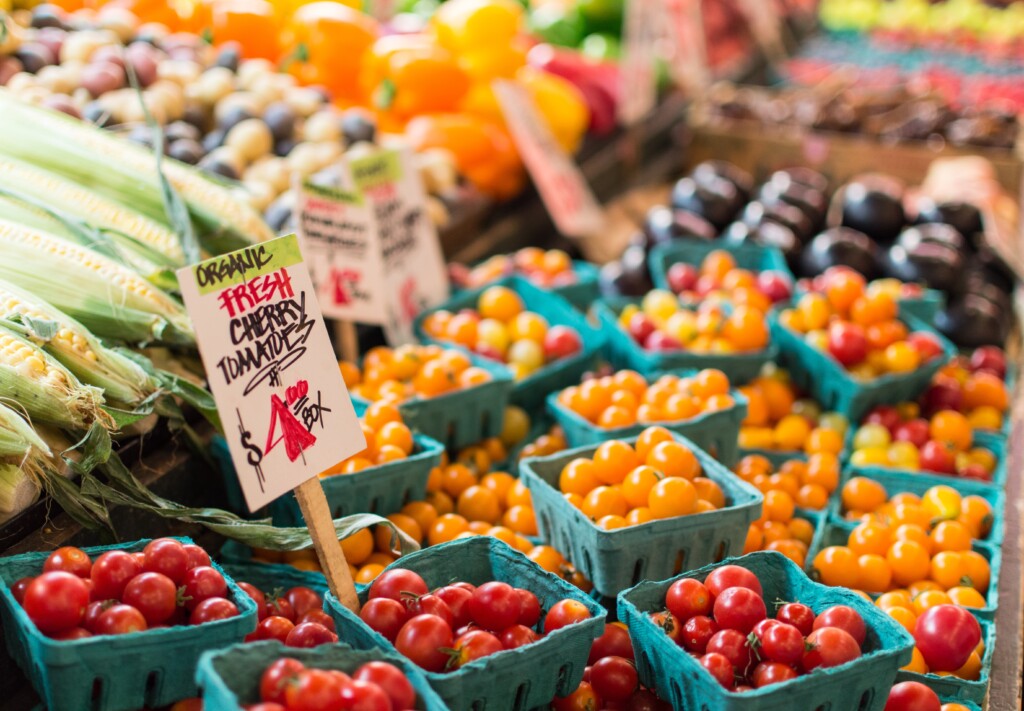
Let’s explore some of the most successful local food system initiatives and delve into how they’ve become exemplars of sustainability and community empowerment.
Community-Supported Agriculture (CSA) Programs: CSAs have become a successful economic model where consumers buy shares of a farm’s harvest in advance. This provides farmers with upfront capital to manage their operations and guarantees a market for their produce. One such success story is the Intervale Community Farm in Burlington, Vermont, one of the oldest CSAs in the United States, which has provided stable income for farmers and affordable produce to the community for over 25 years.
Farmers’ Markets: Farmers’ markets are often credited with reviving interest in local foods while also providing economic hubs for towns and cities. The growth of the Dane County Farmers’ Market in Madison, Wisconsin, into the largest producers-only farmers’ market in the U.S. has not only boosted the local economy but also become a weekly event that builds community spirit.
Urban Farming Initiatives: Urban agriculture can transform local economies by turning unused city spaces into productive land. Detroit’s urban farming movement, for instance, has turned vacant plots into thriving gardens and farms, creating jobs, supplying fresh produce to the community, and attracting agro-tourism.
Local Food Hubs: These hubs facilitate the logistics of buying, selling, and distributing local foods. An example is the Local Food Hub in Virginia, which partnered with over 70 small family farms to distribute local food to institutions like schools and hospitals, ensuring farmers have steady demand and communities have access to fresh, healthy food.
Each example illustrates the profound impact local and seasonal eating programs can have as economic drivers within communities. They forge a vital link between our sustenance, the prosperity of our local economies, and the overall health of our communities, showing how consumer support for local food systems is key to nurturing this sustainable economic model.
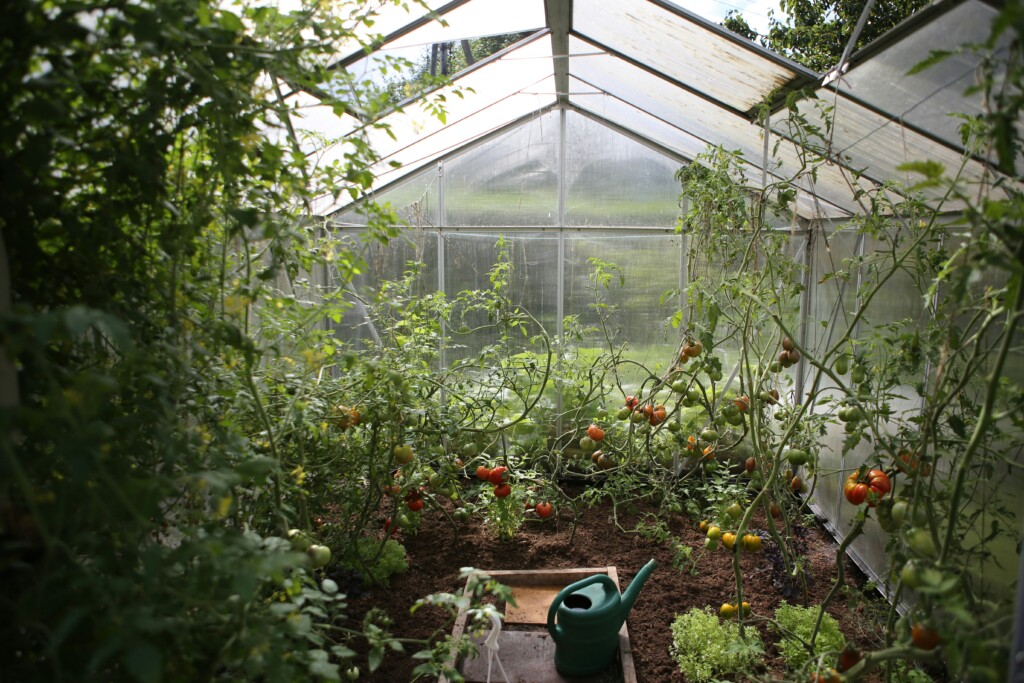
Agriculture has a profound impact on our planet’s ecosystems, climate, and biodiversity. The way we grow our food can either deplete or enrich the soil, contaminate or conserve water, and reduce or encourage biodiversity.
When we delve into the methods and impacts of traditional versus industrial farming practices, we uncover profound differences that have far-reaching implications for our environment and food systems.
Traditional farming practices have been honed over centuries, shaped by local climates, landscapes, and cultures. These methods are often synonymous with polycultures — diverse planting where crops are grown in tandem to support each other’s growth and pest management. For instance, the practice of growing legumes alongside grains takes advantage of the natural nitrogen-fixing properties of leguminous plants to benefit the entire crop rotation. Integrated pest management is another hallmark of traditional farming, where farmers use biological controls and selective, minimal use of chemicals to manage pests in a way that causes less harm to the surrounding ecosystem.
Traditional methods like these tend to maintain a high level of biodiversity, both in the crops grown and the wildlife supported on the farm. While such practices are labor-intensive and may not yield as much per acre as their industrial counterparts, they boast a resilience that comes from working in harmony with nature, rather than attempting to dominate it. These practices are grounded in a commitment to soil health, ensuring that the land remains fertile and productive for generations.
Contrastingly, industrial farming is a relatively recent phenomenon, gaining momentum with the advent of the Green Revolution in the mid-20th century. This approach is characterized by large-scale monoculture — the cultivation of a single crop in a given area — which is highly mechanized and reliant on synthetic fertilizers and pesticides. Genetically modified organisms (GMOs) are also a staple of industrial farming, engineered to withstand pests and produce higher yields.
While industrial farming methods have drastically increased the productivity of farms, allowing for a significant expansion in the global food supply, they come with environmental drawbacks. The reliance on chemical inputs can lead to soil degradation, stripping the earth of its natural fertility and leading to an increased dependence on artificial fertilizers. Pesticides, while effective at controlling pests, can contaminate water supplies and harm non-target species, including pollinators vital to the success of many crops.
Furthermore, the biodiversity of industrial farmlands is often markedly lower than that of traditionally farmed lands. The widespread practice of growing single crop varieties can result in a genetic bottleneck, leaving crops more susceptible to diseases and pests. Additionally, the conversion of diverse landscapes into vast expanses of a single crop can lead to the loss of wildlife habitats, contributing to declining populations of many species.
The stark contrast between these two farming paradigms reveals a tension between the need to produce food efficiently and the imperative to preserve environmental health. This understanding prompts a growing discussion about sustainable farming practices that can feed the planet while also nurturing the ecosystems upon which we all depend.
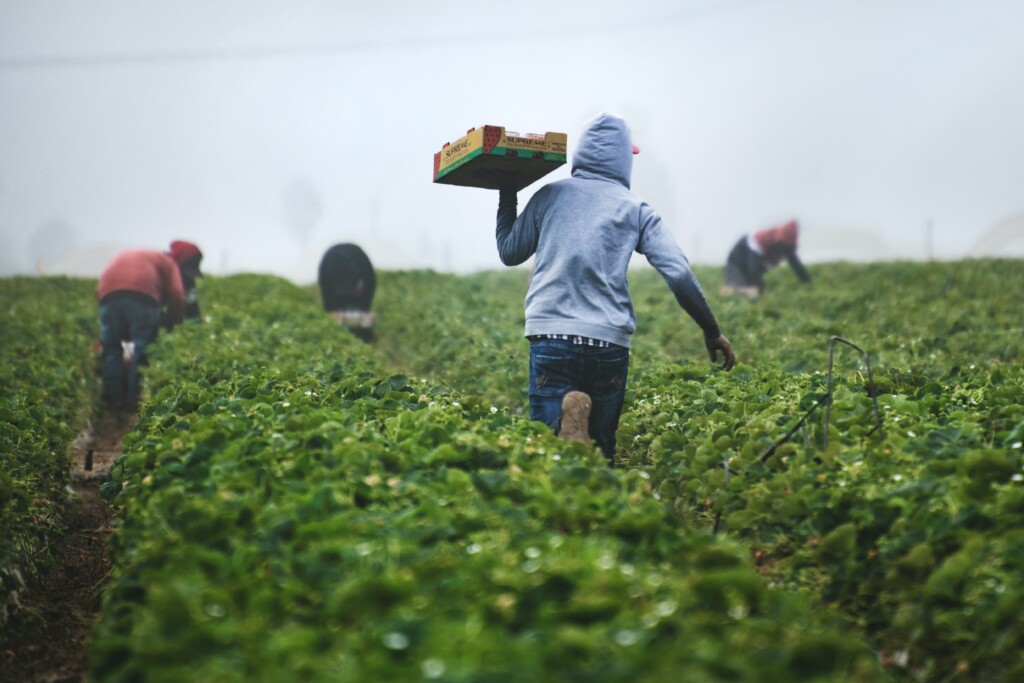
Seasonal eating directly supports agricultural biodiversity. When consumers purchase and consume foods that are in season, they encourage the cultivation of a variety of crops throughout the year. This diversity is important for maintaining soil health, as different crops contribute to and deplete soil nutrients at varying rates and to different extents. Crop rotation, which is integral to seasonal agriculture, helps prevent nutrient depletion and soil erosion, reducing the need for synthetic fertilizers.
Moreover, a diverse agricultural environment is less susceptible to catastrophic loss from pests or diseases since these typically affect specific plant species. A range of crops also provides consistent forage for pollinators, which are crucial for the fertilization of many types of produce. Thus, seasonal eating not only ensures that consumers get the freshest and most nutrient-dense produce but also underpins a more sustainable and resilient agricultural system.

Monocultures, the practice of growing a single crop across extensive tracts of land year after year, pose significant risks to ecosystems. This approach often leads to the depletion of certain soil nutrients because the same crop repeatedly extracts the same minerals and compounds without giving the land a chance to naturally replenish. Consequently, farmers may turn to synthetic fertilizers to boost production, which can further degrade soil health over time.
Moreover, a monoculture creates a uniform habitat that can be highly susceptible to pests and diseases. When a pest arrives that thrives on that specific crop, it can spread rapidly, leading to an over-reliance on pesticides and herbicides to manage these outbreaks. Beyond the soil, the impact extends to local wildlife, which often relies on a diverse array of plants for food and shelter. As monocultures replace varied landscapes, they diminish the available habitat for these creatures, disrupting the balance of local ecosystems and often leading to a decline in biodiversity.
Seasonal eating can serve as a catalyst for more sustainable agricultural practices. By shifting consumer demand towards a variety of crops that change with the seasons, this approach incentivizes farmers to engage in crop rotation. Such rotations can enhance soil health and lessen the pressures from pests, which often plague monocultures. Additionally, small-scale farmers, who are more likely to diversify their crops, stand to benefit from the market support that comes with the demand for seasonal produce. This, in turn, supports the wider agricultural community by promoting farming practices that maintain biodiversity.
Furthermore, crops that are grown in their appropriate season tend to be healthier and more robust, thereby diminishing the need for synthetic fertilizers and pesticides. In this way, seasonal eating not only encourages ecological farming methods but also reduces the reliance on harmful agrochemicals, aligning consumer habits with the rhythms of nature for the health of the planet.
In essence, seasonal eating aligns consumer habits with the natural rhythms of the environment, promoting agricultural practices that support biodiversity. It is a way to vote with our forks for a type of agriculture that coexists harmoniously with the planet’s ecosystems.
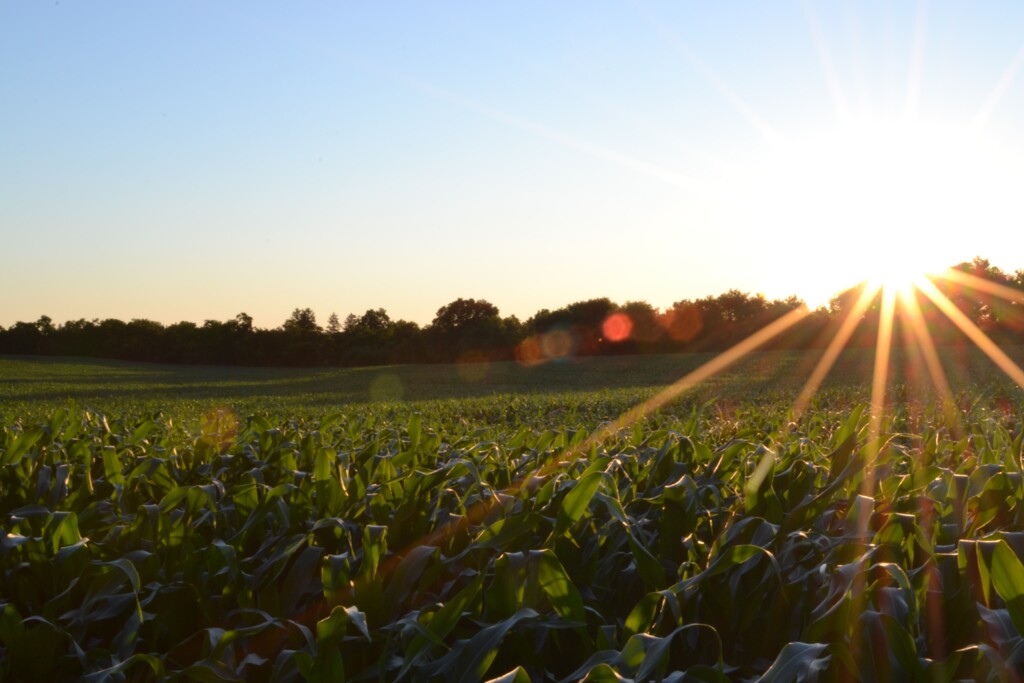
Eating locally and seasonally comes with notable nutritional benefits. Produce that is consumed shortly after harvest retains more nutrients compared to fruits and vegetables that have traveled long distances and have been stored for extended periods. This is due to the fact that certain vitamins and antioxidants begin to degrade shortly after harvest. For example, vitamin C is particularly susceptible to oxidation and can diminish in concentration during transportation or when produce is stored for a long time.
Moreover, eating seasonally often means that fruits and vegetables are consumed at the peak of their ripeness when they are most nutrient-dense. Ripeness is not just a matter of taste; it’s also about the optimal concentration of vitamins, minerals, and antioxidants. Produce that is allowed to ripen on the plant and is consumed soon after harvest generally provides more nutritional benefits than produce that is picked prematurely and ripens in transit or on store shelves.
A seasonal diet also naturally varies throughout the year, which encourages a diverse intake of different nutrients. This diversity is not only beneficial for our overall health but can also be more attuned to the body’s changing nutritional needs with the seasons. For instance, summer fruits with high water content, like watermelon and cucumbers, can aid hydration and cooling in hot weather, while winter squashes and root vegetables provide more energy and warmth for colder months.
Local and seasonal eating maximizes the nutritional value of produce by ensuring it is consumed close to harvest and at peak ripeness. This practice contributes to a varied diet, which is essential for good health, offering a range of nutrients as nature intended throughout the year.

Food waste is a significant issue in the global supply chain, with a large portion of produce never making it from farm to table. This waste occurs for various reasons, including overproduction, cosmetic standards that reject imperfect-looking produce, and inefficiencies in storage and transportation that lead to spoilage.
Local and seasonal eating can contribute significantly to the reduction of this waste. When consumers buy local, the food often requires shorter transport distances, which reduces the time between harvest and consumption, thereby decreasing the chances of spoilage. Additionally, local markets and farm stands typically have more relaxed cosmetic standards than large supermarkets, meaning that less-than-perfect fruits and vegetables that might otherwise be discarded are sold and consumed.
Moreover, local and seasonally produced food often requires less packaging. Large-scale food distribution systems depend on extensive packaging for protection during transport and for longer shelf life. This packaging can be resource-intensive and contributes to the growing problem of plastic waste. Locally sourced food, on the other hand, often bypasses such requirements, as the shorter distribution chains allow for the use of minimal or more sustainable packaging options, like biodegradable materials or reusable containers.
Furthermore, food processing can also be reduced when eating locally and seasonally. Many foods that are shipped long distances are processed to ensure they survive the journey and remain stable on shelves. Local foods, especially those in season, are more likely to be consumed fresh, thus eliminating the need for certain types of processing that can contribute to waste through the energy consumption and by-products generated during the process.
In essence, local and seasonal eating not only helps reduce the amount of waste generated from food that spoils before it is eaten but also minimizes the need for packaging and processing, making it a more sustainable choice for consumers who are concerned about their environmental impact.
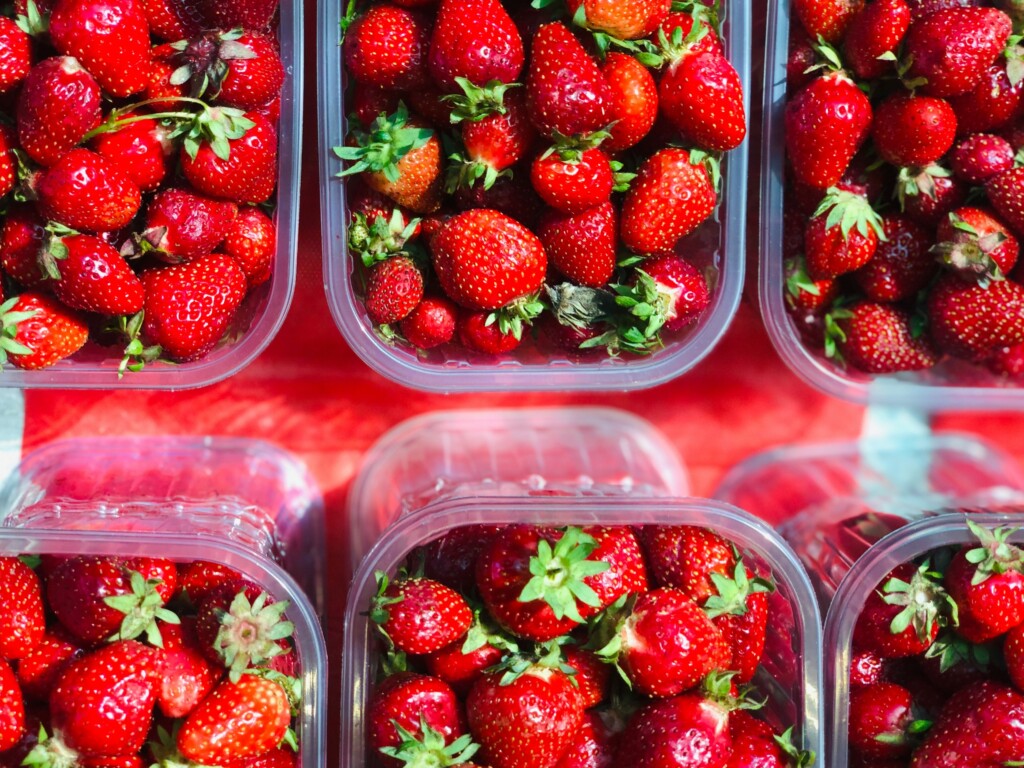
Embracing a diet of local and seasonal food is not without its challenges and misconceptions. One common belief is that such a diet may not provide enough variety, especially in winter or harsh climates where the growing season is short. In these instances, the selection of fresh produce can indeed be limited, leading to a perceived lack of options for those accustomed to the year-round availability of all kinds of fruits and vegetables.
However, even in less hospitable climates, seasonal eating can still be viable and varied. Winter markets and CSAs often offer storage crops like potatoes, onions, carrots, and winter squash, as well as greenhouse-grown produce like lettuces and herbs. Moreover, traditional preservation techniques such as canning, fermenting, and pickling can augment winter diets with flavors of the past harvest. These methods not only provide for a diversified menu but also connect us to cultural traditions and the ingenuity of earlier generations who relied on seasonal eating.
Another challenge is the misconception that local and seasonal eating is more expensive. While some local products may carry a higher price tag due to the scale of production, consumers often find savings in reduced waste and the longer shelf-life of fresher produce. Furthermore, buying directly from producers at farmers’ markets or through a CSA can often be cost-competitive with supermarket prices.
Accessibility can also be a hurdle. Not everyone lives near a farmers’ market or has the option to join a CSA. In such cases, community initiatives, urban agriculture projects, and co-ops can step in to fill the gaps, providing access to fresh, local, and seasonal food to a wider population.
Overcoming these challenges requires a mix of personal commitment and community support. It involves not only a change in purchasing habits but also an adjustment of expectations around food. As individuals and communities rally around these concepts, the challenges become more surmountable, showcasing that a local and seasonal diet is not just an ideal but a practical way forward in building resilient food systems.

The future of our food systems can be significantly shaped by policy and innovation, with local and seasonal eating at the forefront of this transformation. Policy has a powerful role in shaping agricultural priorities and consumer behavior. Governments can incentivize local and seasonal food production and consumption through subsidies, grants, and tax breaks for small-scale farmers and for retailers that source locally. They can also fund programs that educate consumers about the benefits of eating according to the seasons and support infrastructure development for local food distribution.
Urban planning can also contribute by integrating food-growing zones into city landscapes, offering incentives for community gardens, and protecting agricultural land from being overtaken by urban sprawl. School curriculums could include nutrition and agriculture education, emphasizing the importance of local and seasonal eating, thus ingraining these values early on.
Innovation in technology plays a complementary role. Advances in agricultural technologies such as vertical farming and precision agriculture are making it possible to grow food in smaller, urban spaces and harsh climates, reducing the distance food needs to travel to reach consumers. These technologies can make year-round local produce a reality without the heavy carbon footprint of traditional greenhouse production.
Greenhouse advancements, such as energy-efficient designs and renewable energy integrations, are reducing the environmental impact of off-season production. Innovations in food storage and preservation, from high-tech packaging that extends the life of fresh produce to apps that connect consumers with surplus food from restaurants and grocers, are also key to reducing waste in local food systems.
Additionally, developments in supply chain management, including blockchain for traceability, are increasing the transparency of food sourcing, allowing consumers to make informed decisions about the locality and seasonality of their food purchases.
The synergy between policy that favors local and seasonal food systems, and technological innovation that facilitates the growth and distribution of such foods, sets the stage for a more sustainable and resilient future for food. As these elements converge, the potential for local and seasonal eating to become the norm rather than the exception grows, heralding a significant shift towards a more sustainable future for our food systems.
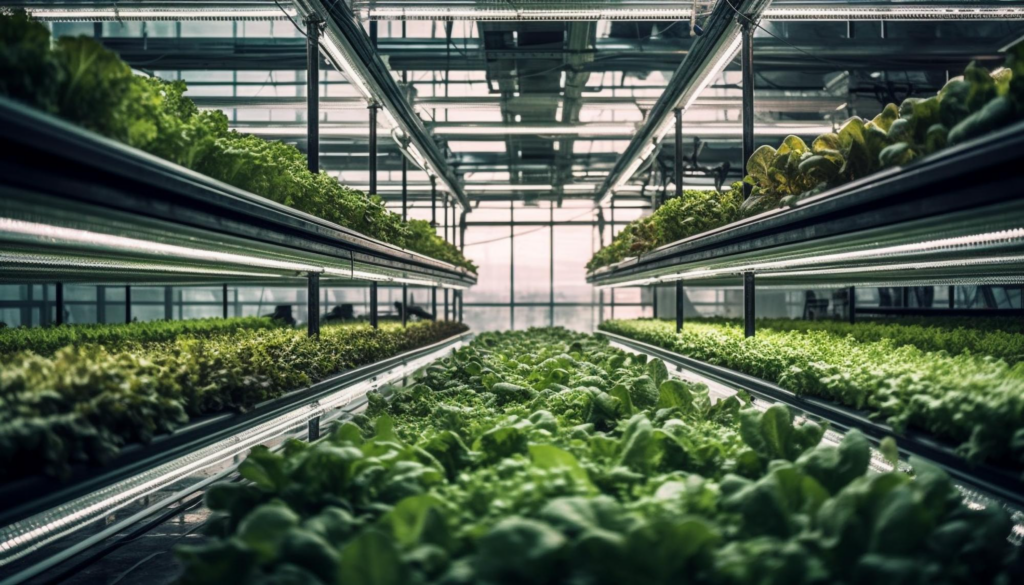
Local and seasonal eating is much more than a culinary trend; it is a crucial aspect of a sustainable future for our global food systems. This practice offers a myriad of benefits, including reduced carbon emissions due to shorter transportation distances, support for local economies, enhanced nutritional value of produce, increased agricultural biodiversity, and a significant reduction in food waste and packaging.
The collective choices we make at the supermarket, the farmers’ market, or even in our own backyards have profound effects on the environment and on local communities. Every seasonally sourced meal is a step toward a more sustainable and equitable food system. While challenges such as accessibility, variety in harsher climates, and perceived cost barriers exist, the combined forces of community action, policy change, and technological innovation are making local and seasonal eating more achievable and affordable than ever.
As individuals, embracing local and seasonal food choices can start small—prioritizing a portion of our food budget for local produce or choosing a few items to grow ourselves. Communities can foster this shift by supporting policies that encourage local farming, and by creating spaces where such food can be grown and sold. Moreover, education around the benefits of local and seasonal eating can inspire more people to make these choices.
In the spirit of taking tangible steps towards change, we can start by making one simple choice the next time we shop: to pick the local and seasonal option. Let’s sow the seeds of this movement in our own lives and watch as the benefits grow exponentially within our communities and across the planet. Remember, every meal has a story, and with each seasonal choice, we can ensure it’s a story that supports both the health of our families and the health of our world.
Stay a while and read more posts like this
Let’s devote a few minutes to envision our world in 2100. It’s quite a thought experiment, given the dramatic transformations our planet has experienced in...
With climate change looming large, the world is embarking on a quest for solutions to heal our ailing planet. Solar geoengineering emerges as a burgeoning field,...
Taking on parenthood comes with unique choices that factor in more than just our family’s immediate needs. For modern parents, who are not just guardians of...